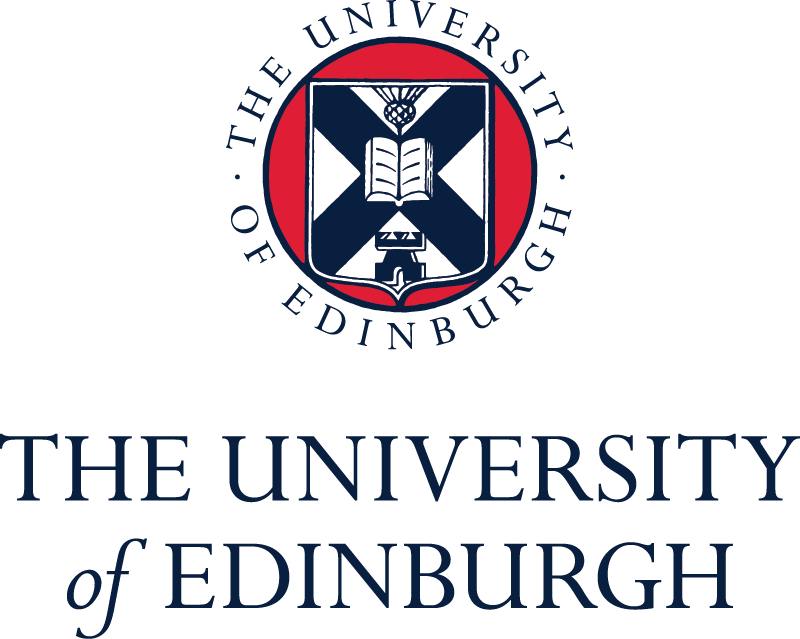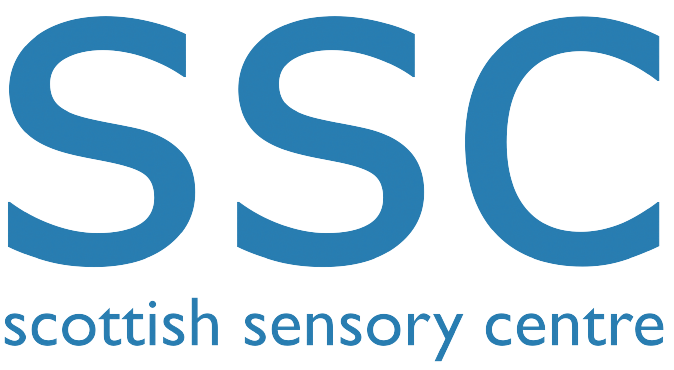Introducing our BSL glossaries
14 February 2025
Ally Davies, Science Subject Advisor

More than 150,000 people in the UK use British Sign Language (BSL), and for 22,000 people BSL is their main language. With at least 50,000 children in the UK who are deaf, we are delighted to signpost the fantastic work of the Scottish Sensory Centre (SSC) at the University of Edinburgh. They have produced (and maintain) the award winning BSL STEM glossary.
What is the BSL STEM glossary?
The BSL STEM glossary is an online resource featuring hundreds of scientific and mathematical terms. For each term, there is a video of the term being signed. Many terms benefit from further useful information, such as a definition, an example of how the term can be used in BSL, links to related terms, diagrams and fingerspellings. The resource was created and is maintained by the Scottish Sensory Centre at the University of Edinburgh.
Mapping to OCR specifications
We have selected some terms that are relevant to our science qualifications.
For each specification, we have listed those terms in a spreadsheet to aid teacher planning. Many specialist terms would be used frequently in a specific section of the specification (for example mitochondrion, electrolyte, alpha particle). A filter can be applied to produce a list of terms relevant to that section.
Other terms might be used widely in teaching the qualification, (for example, flask, atom, force). A filter can be applied to show these terms.
The BSL STEM glossary also includes many terms that we considered were probably not needed to teach or study the specification, but which might be useful. Again, a filter can be used to show all these terms.
Signing can help all learners
The benefits of multisensory learning (not the discredited ‘VAK styles’) are widely accepted by researchers. The BSL signs for scientific phenomena and processes are often rich representations of what they describe. For example, compare the signs for speed and velocity, look at the similarities between respiration and combustion, or compare digestion and polymerisation.
A message from Audrey Cameron
In the following video Audrey Cameron, Chancellor’s Fellow at the University of Edinburgh, signs a message of support for our work. Readers who do not use BSL may prefer to read the translation of Audrey’s message below the video.


“Hello, I’m Dr Audrey Cameron from the University of Edinburgh, where I coordinate the Scottish Sensory Centre’s BSL glossary project. Our glossary provides nearly 4000 BSL signs specifically developed for science and STEM subjects, making these fields more accessible to deaf learners. I’m excited about OCR’s announcement that they have created a groundbreaking new resource that integrates our BSL glossary signs with their qualifications. This integration means teachers and students can now directly access subject-specific BSL signs aligning with OCR course content, supporting more inclusive STEM education. I want to express our gratitude to OCR for their dedication in developing this important resource, which bridges a crucial gap in STEM education for many learners.”
Suggestions for additions
We are liaising with the Scottish Sensory Centre (SSC). Teachers can use our form to suggest a new term. We’ll consider all suggestions, and if the term is not already in the SSC’s STEM Glossary, we’ll collate suggestions and pass them on to the SSC.
Can teachers/students use the glossary for revision or as a checklist?
Our BSL glossary resources are not intended to list of all terms needed to study each specification; they are terms that are already listed by the SSC and which we thought might be helpful in teaching or learning our qualifications.
Download the resources
For each qualification, the full BSL glossary resource is available to download from Teach Cambridge.
For ease of access, the resources can also be downloaded from our public website using the links given below.
Entry Level Certificate
Entry Level Science (R483)
GCSE Gateway Science Suite
GCSE Biology A and Combined Science A (J247, J250)
GCSE Chemistry A and Combined Science A (J248, J250)
GCSE Physics A and Combined Science A (J249, J250)
GCSE Twenty First Century Science Suite
GCSE Biology B and Combined Science B (J257, J260)
GCSE Chemistry B and Combined Science B (J258, J260)
GCSE Physics B and Combined Science B (J259, J260)
A Level
A Level Biology A (H420)
A Level Biology B (H422)
A Level Chemistry A (H432)
A Level Chemistry B (H433)
A Level Physics A (H556)
A Level Physics B (H557)
Applied Science
Applied Science (L3 Cambridge Technicals)
Stay connected
For more on inclusive resources to support science teaching, have a look at our STEM Contributors.
If you have any questions, you can email us at science@ocr.org.uk, call us on 01223 553998 or message us at X (formerly Twitter) @OCR_science. You can also sign up to subject updates and receive information about resources and support.
If you are considering teaching any of our qualifications, use the expression of interest form to let us know, so that we can help you with more information.
About the author
After teaching physics and science for over 20 years, Ally provided and managed professional support for teachers (at Isaac Physics and for the Institute of Physics). He joined OCR in November 2021. He is committed to making science education more inclusive. In his spare time, he enjoys nature and the outdoors, walking, cycling, and gardening.